Professional transportation key to high quality meat
27 March 2024
Key points:
- MLA Corporate Chef Sam Burke has highlighted the importance of transportation in the red meat supply chain at the National Transporters Forum last week.
- The Transport Hub was launched on 21 March, providing a central location for information on best practice preparation of sheep, cattle and goats before transport.
d
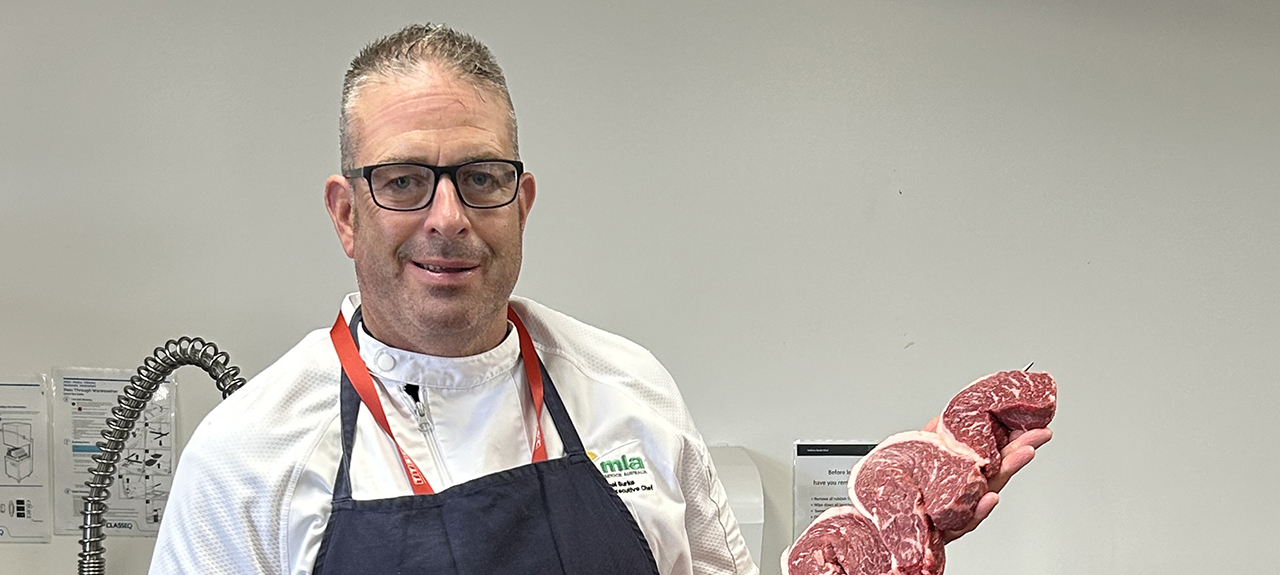
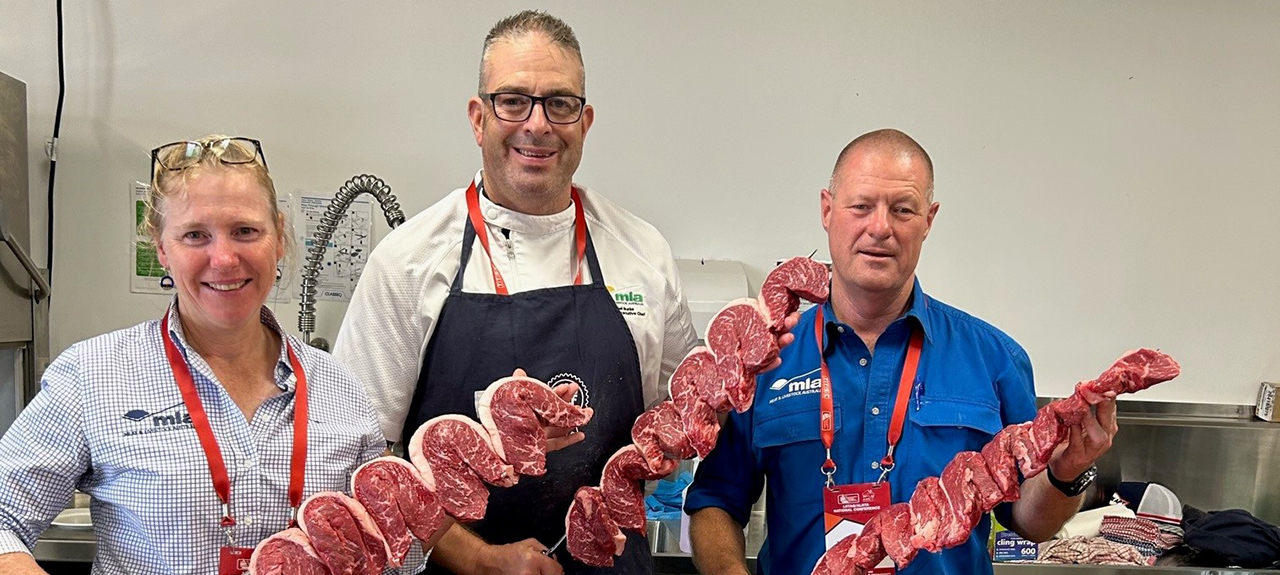
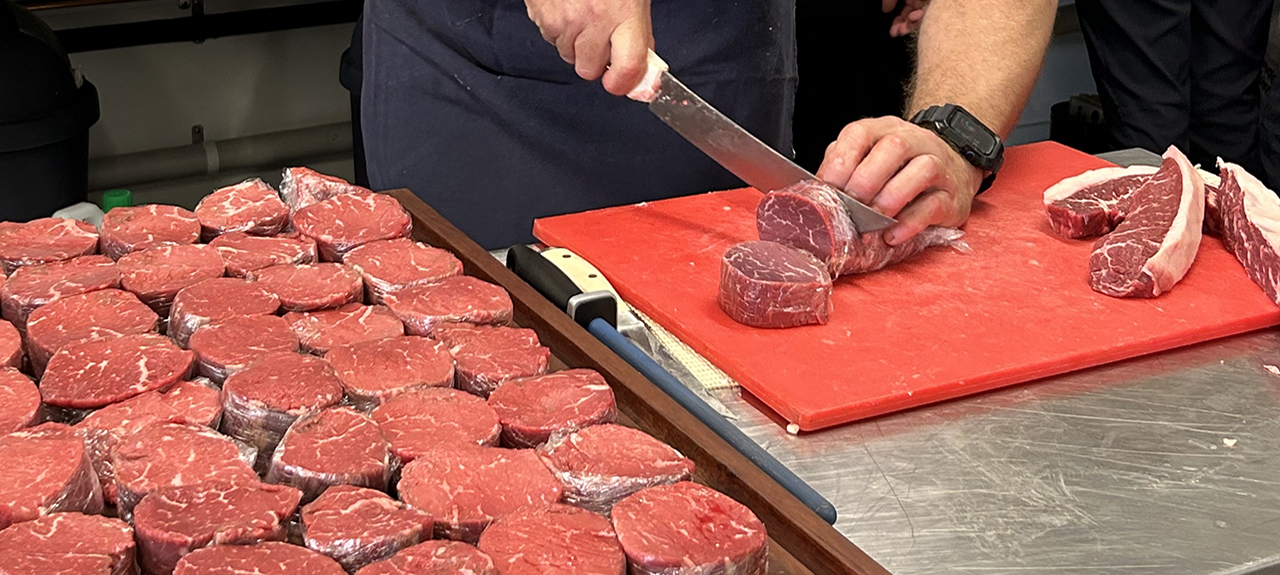
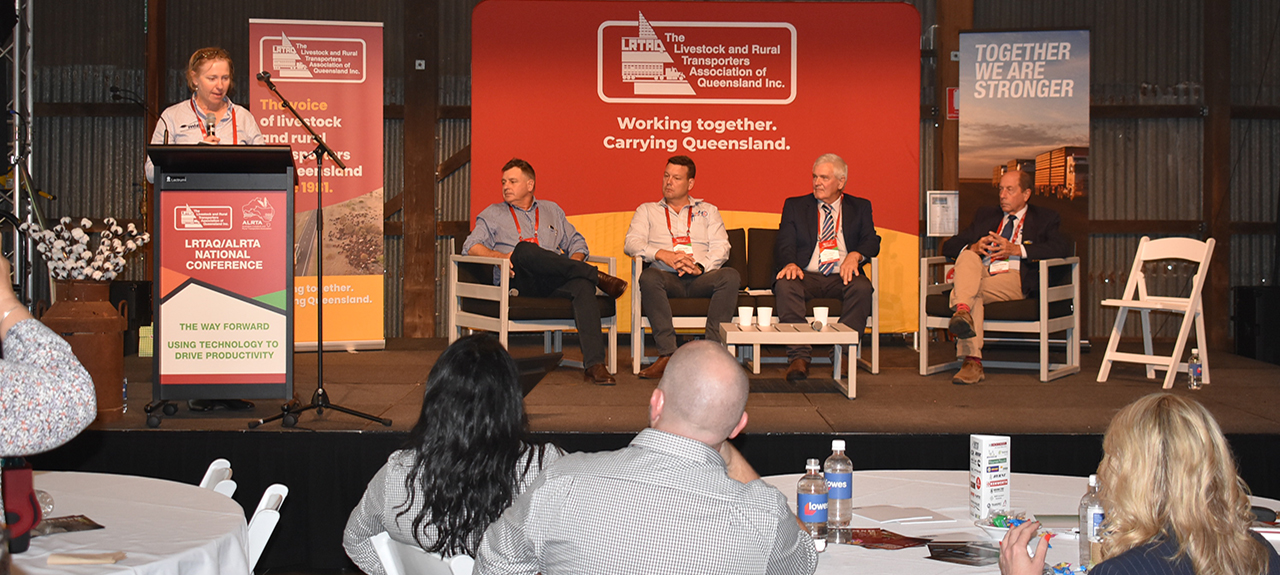
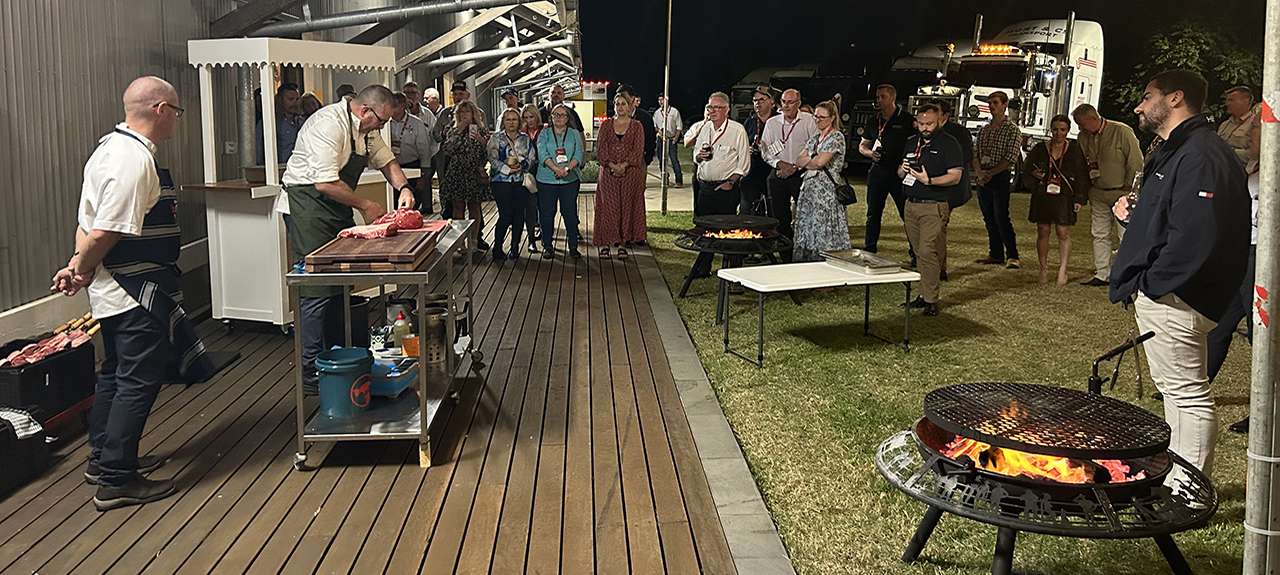
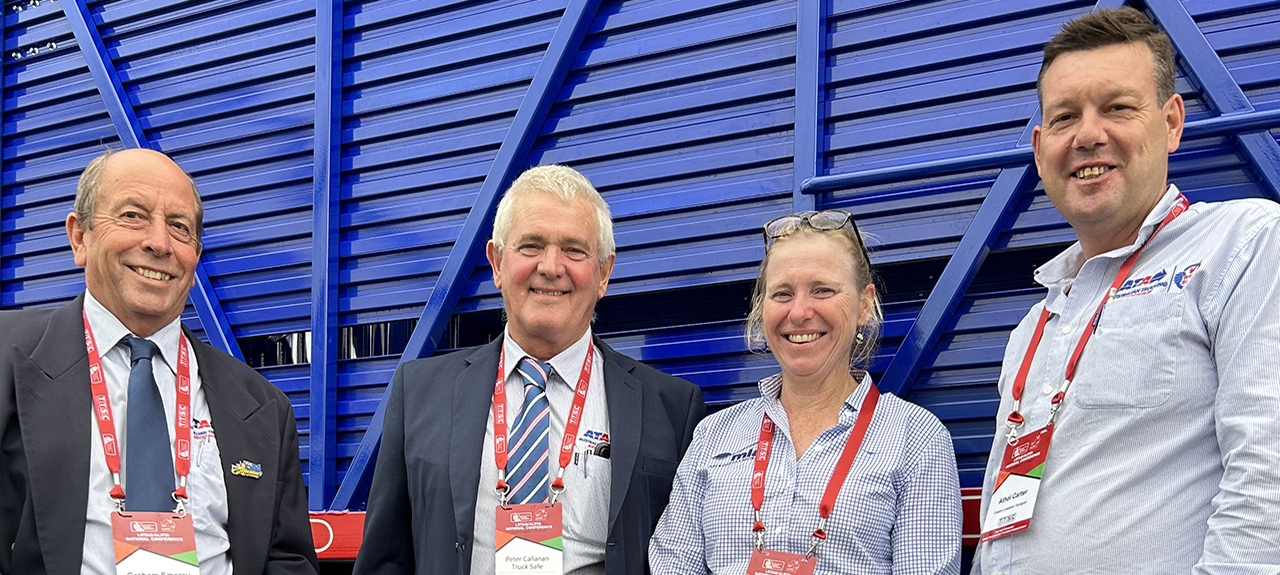
Livestock transporters were thanked for their contribution to Australia’s red meat supply chain with a cooking demonstration and dinner at the National Transporters Forum in Toowoomba.
Following the launch of our Transport Hub at the National Transporters Forum last week, MLA’s Corporate Chef Sam Burke gave a cooking demonstration and served up a red meat feast to showcase the importance of transport in the supply chain.
While breaking down a beef rump in front of more than 200 attendees, Sam spoke about how transportation is critical to delivering the highest quality red meat for consumers.
“Professional livestock transport means animals are delivered in the optimum condition to the processor or other destination,” Sam said.
“That’s why MLA has launched the Transport Hub – it’s a one-stop shop for resources on preparing animals well for transport.”
Chain of responsibility in livestock transport
Sharon Dundon, MLA Project Manager – Animal Welfare, thanked transporters for their input into the Transport Hub content, with Australia’s top five transporters providing information.
“We spoke with livestock transporters who collectively transport millions of animals every year and got consistent feedback on the need for yarding well in advance of transport, feeding good quality dry hay and ensuring animals are fit for the journey,” Sharon said.
“We needed to put everything in one place so that everyone in the supply chain knows what their roles and responsibilities with livestock transport are.
“It all starts at the farm gate. If producers get it right at the farm gate, it makes the transporter’s job a lot easier.”
Developed by industry for industry
The social licensing panel discussion at the conference highlighted the need for transporters to tell the story of the livestock transport industry.
“We have captured a number of case studies on the professional drivers, producers, lot feeders and transport companies telling the stories of how to correctly prepare for livestock transport and the cost of getting it wrong,” Sharon said.
Athol Carter, Vice President of the Livestock and Rural Transporters Association, was one of the transporters heavily involved in the hub’s development and echoed the storytelling sentiment.
“Livestock transport in Australia is here to stay. We have a great story to tell and need to tell that story,” Athol said.
“Transporting and handling livestock is a specialist task and one which the whole supply chain relies on to be performed safely, efficiently, and professionally to protect the livestock, our staff and stakeholders.”
The Transport Hub was a recommendation from a consultation project in 2023 involving Transport Muster events in Wagga Wagga and Roma, as well as extensive phone engagement, Athol said.
“Carting an animal from A to B sounds simple but there is a lot that goes on behind the scenes. That’s why we developed this information hub – by industry, for industry.”
Athol said that livestock transport and saleyards can sometimes be the most visible industry link to the community.
“Consumers don’t often get to see the animal behind the farm gate or processing facility, but they do see our trucks on the roads all day every day.”
|
Top 10 transport tips
For more top tips, check out our best practice guidelines for transporting sheep, cattle and goats. |
Improving livestock transport for the long haul
Sharon said the Transport Hub is a work in progress and MLA is welcoming feedback on potential improvements.
“We’re keen to continue working with the livestock supply chain to improve access to information and provide ongoing education around best practice transport,” she said.


